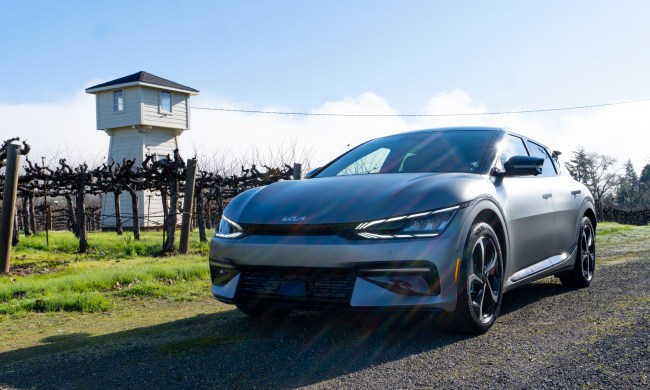As Kia reported record first-quarter sales, Eric Watson, Kia America VP of sales, made a point of painting a rosy picture for the future: Now that the latest versions of its two best-selling electric vehicles, the EV9 and the EV6, are in full-scale production at Kia’s plant in Georgia, the road is paved for further sales growth.
After all, when Kia announced it was switching production of the EV9 to the U.S. from South Korea in 2023, it largely based its decision on its EVs being eligible for the $7,500 tax credit on new EV purchases offered under President Biden’s Inflation Reduction Act (IRA).
But the EV9’s battery still came from South Korea and China, which meant it would only receive a partial tax credit of $3,750. Starting this year, the EV9 can qualify for the full $7,500 credit, as Kia switched the sourcing of its battery to its Georgia plant.
As for the EV6, 2025 marks the first time its production takes place stateside, and most of its trims have also become eligible for the full tax credit.
However, there are notable exceptions: Both the EV6 and EV9 GT trims, which are known for providing more horsepower – ie, being faster – and offering a “more aggressive styling and accents”, won’t qualify at all for the tax credit: That’s because production for those vehicles remains based in South Korea, according to CarsDirect, which cited a Kia bulletin to its dealers.
The full credit should still be available for those who lease the vehicles, as leasing does not have the same sourcing requirements under the IRA.
Another big unknown for the GT trims is whether the U.S.’ 25% tariffs on all imported vehicles will again be applied. On Wednesday, President Donald Trump paused most tariffs announced in early April for 90 days.
While prices for the new EV6 and EV9 have yet to be revealed, the combination of the tariffs and the inegibility for the tax credit could seriously dent the appeal of the GT trims.




